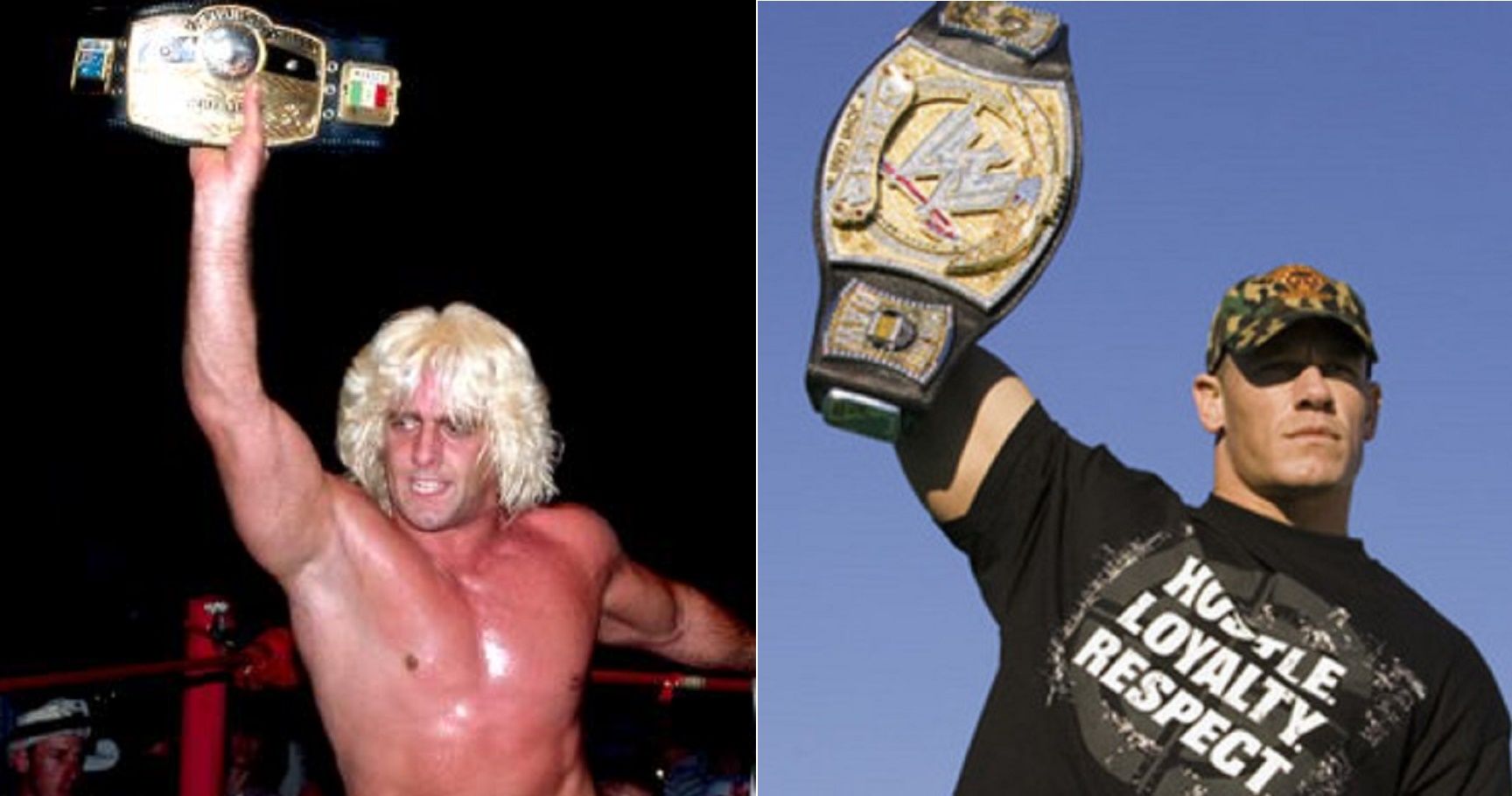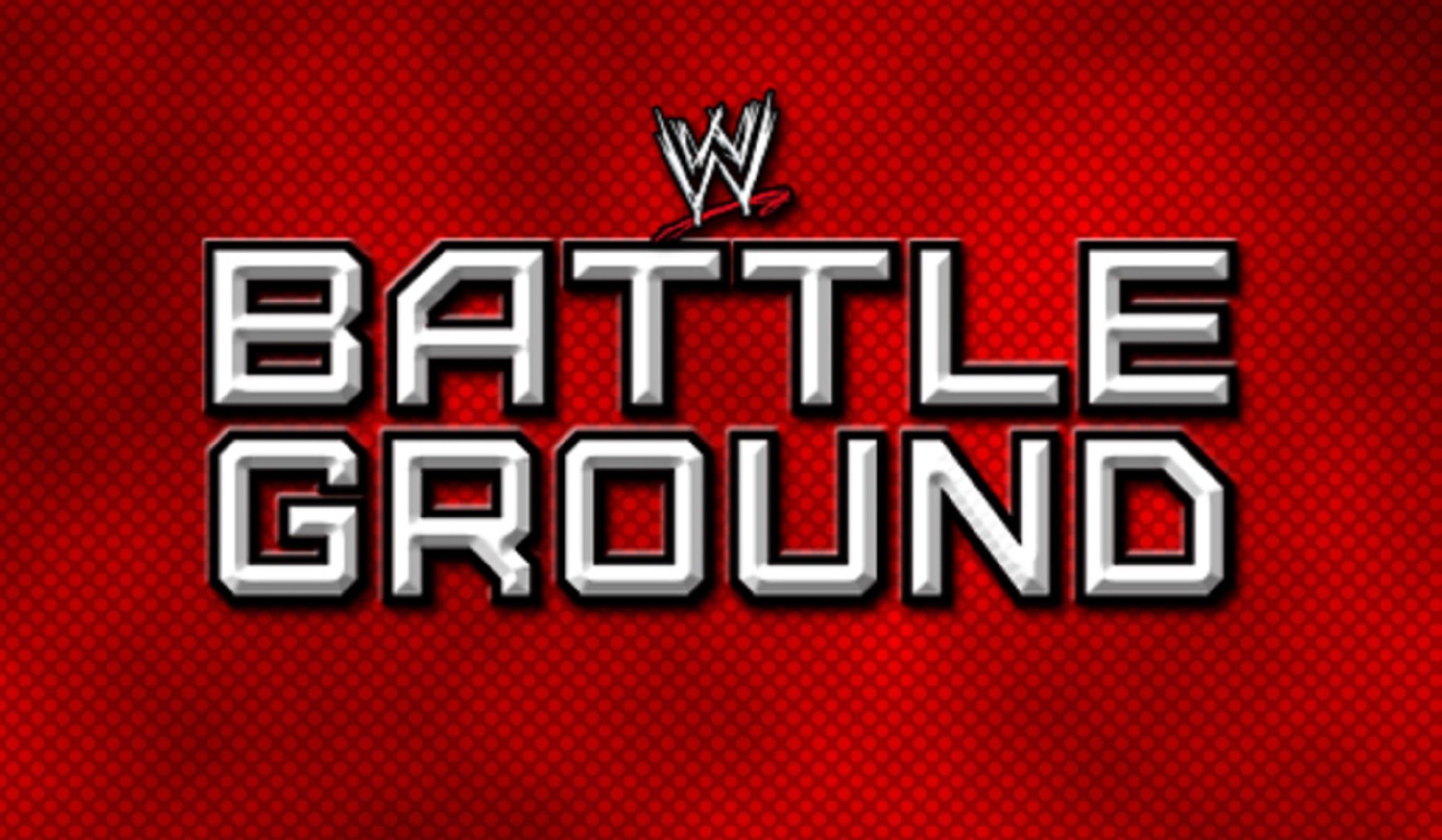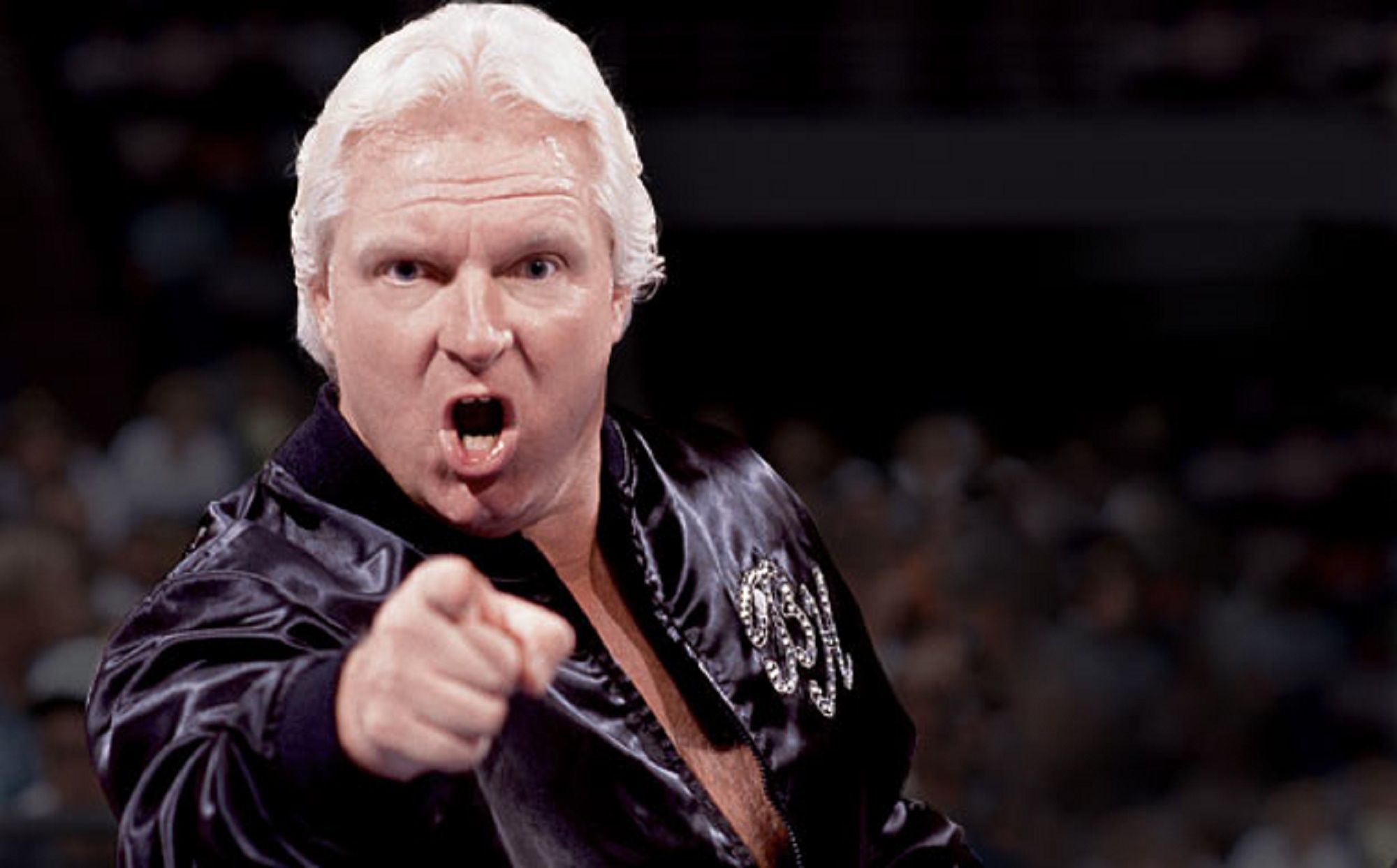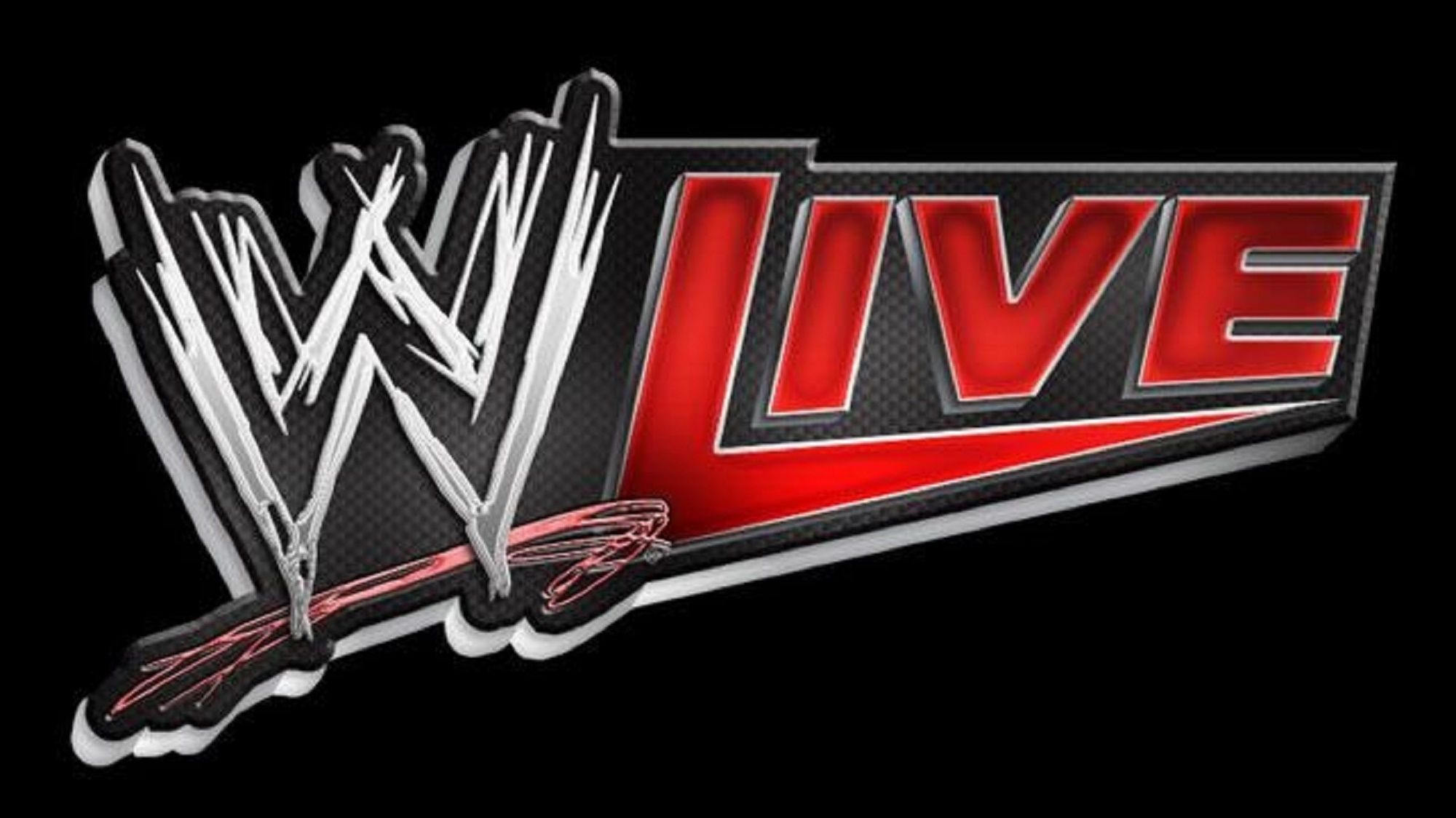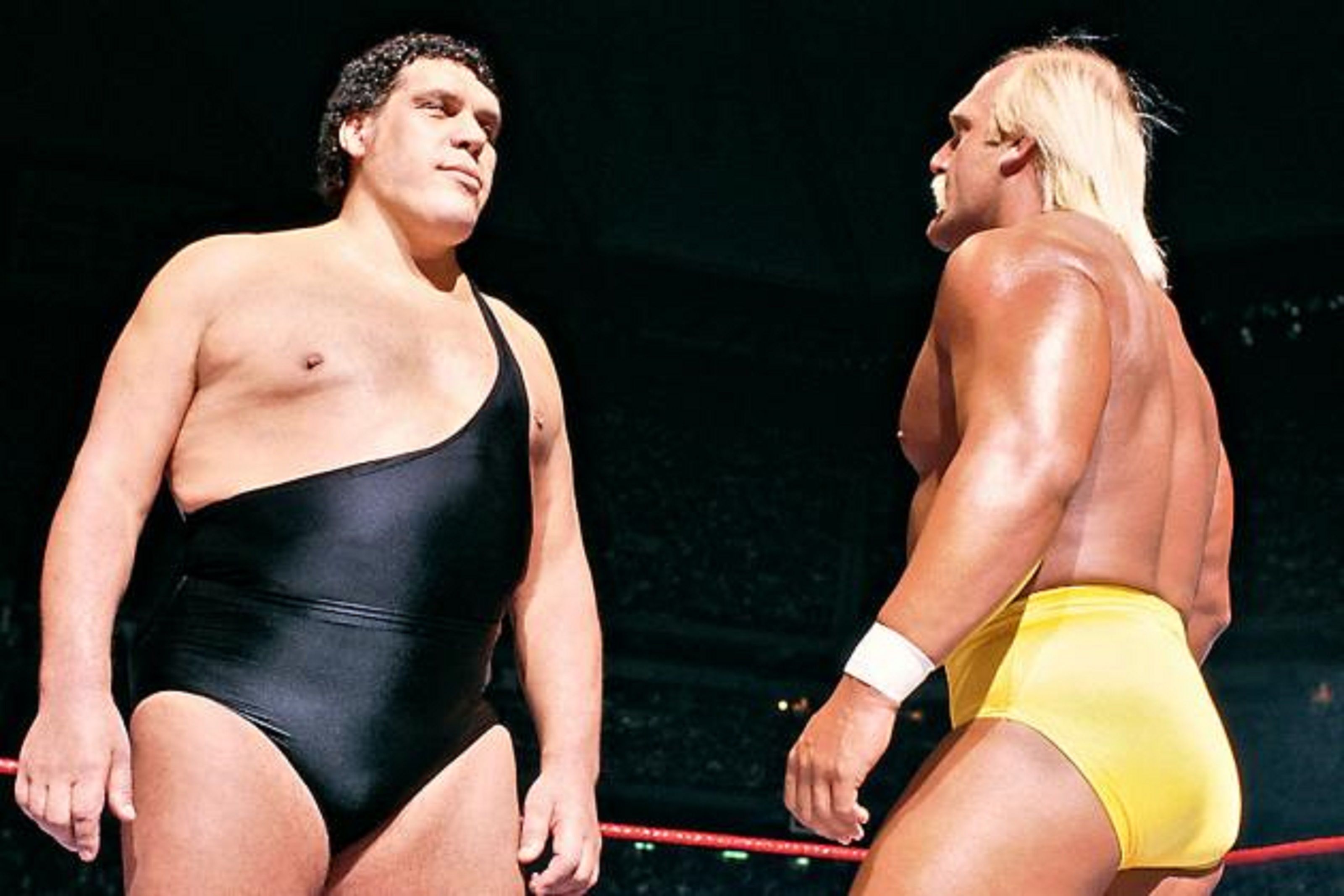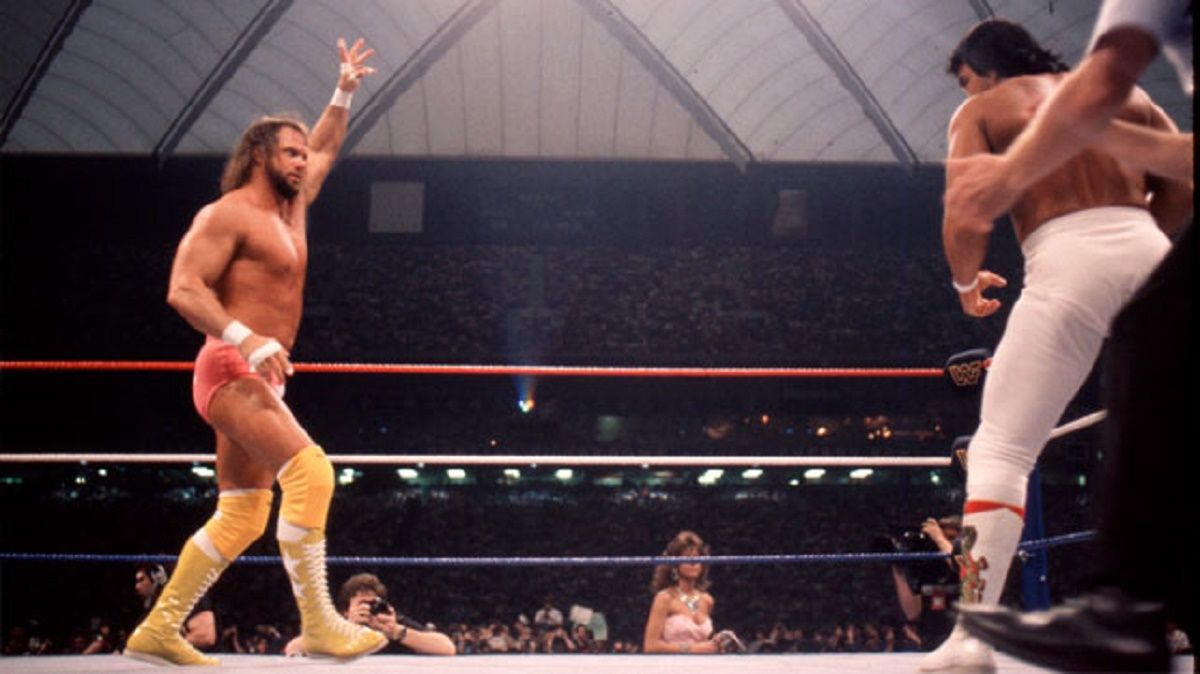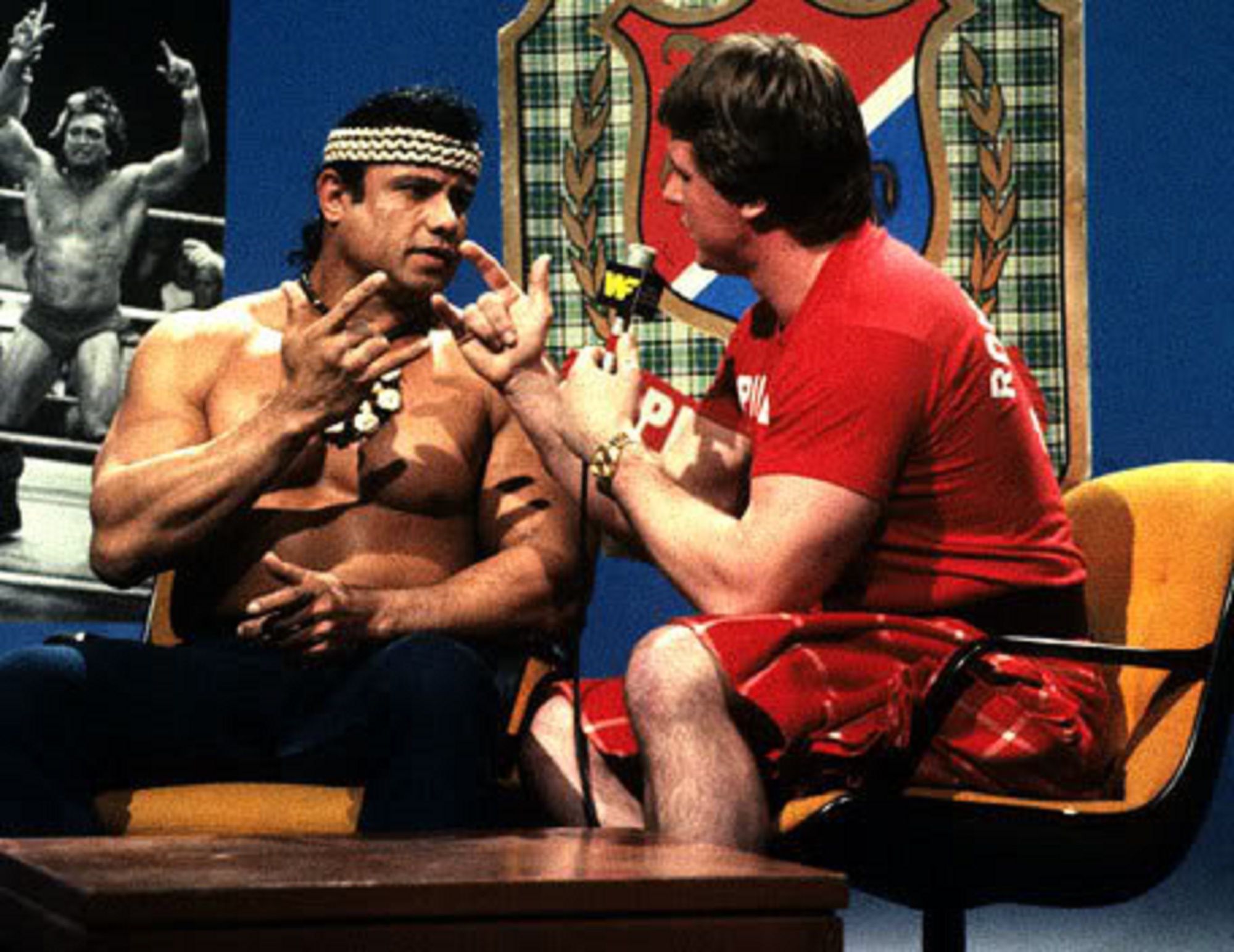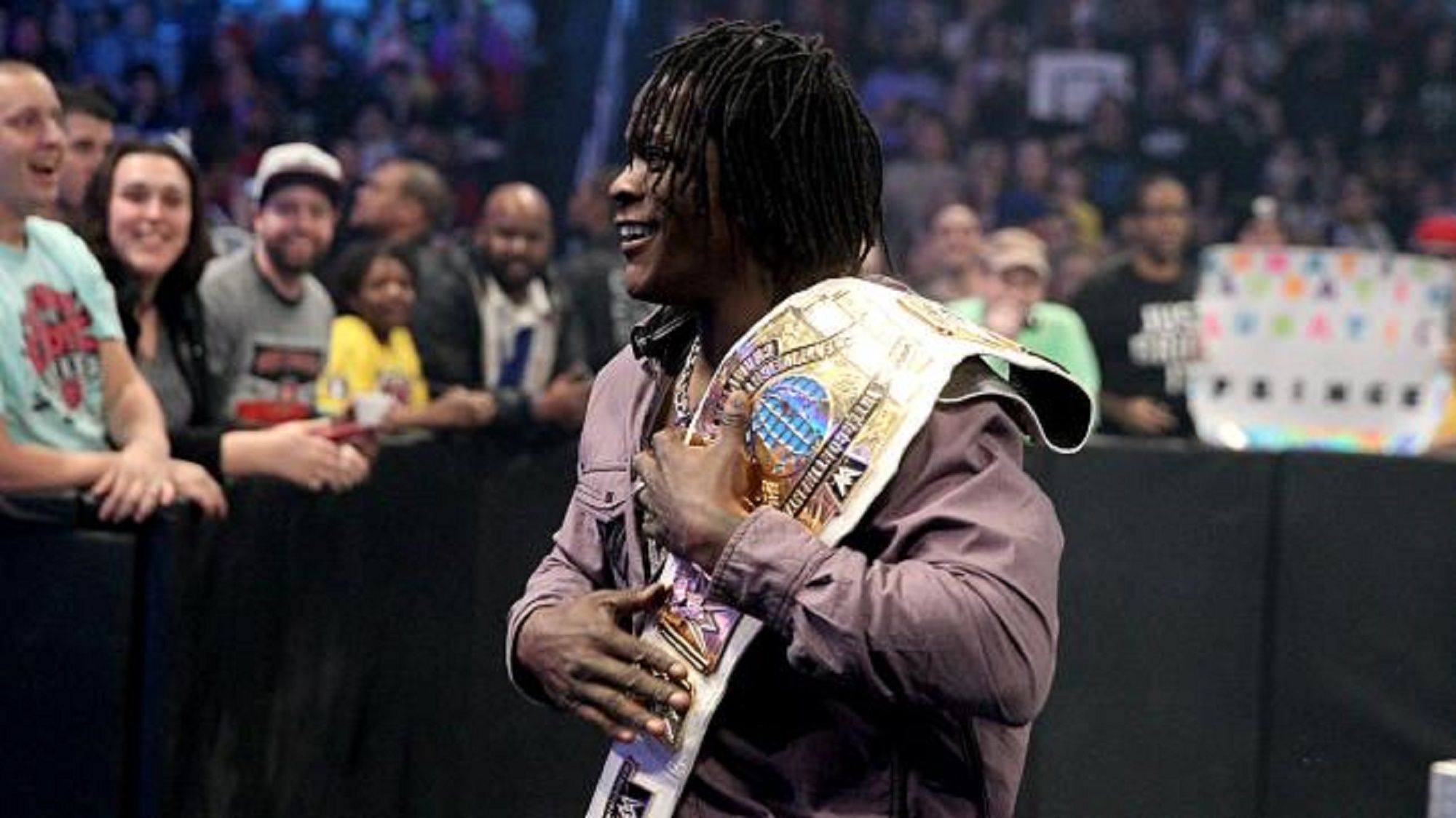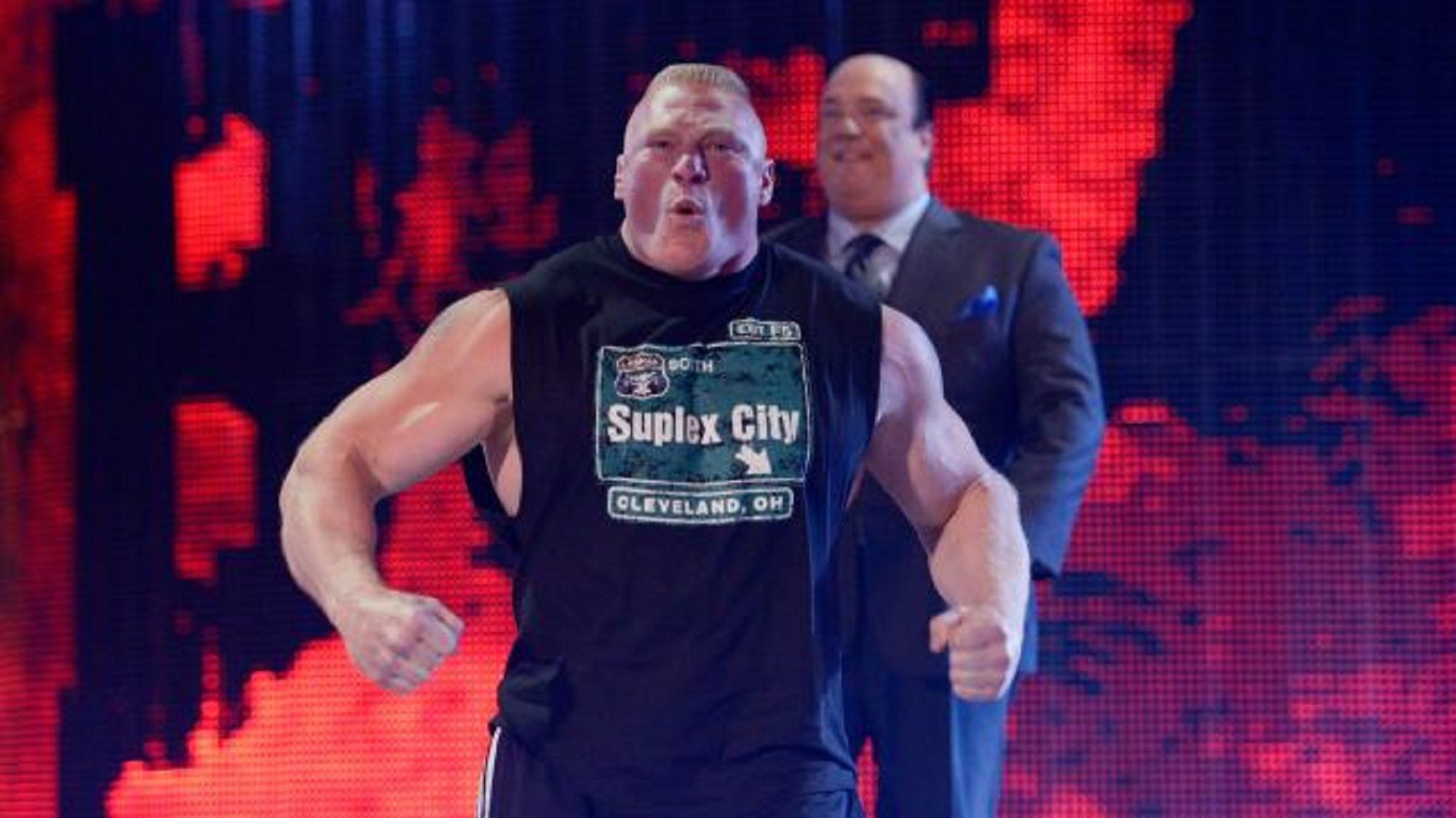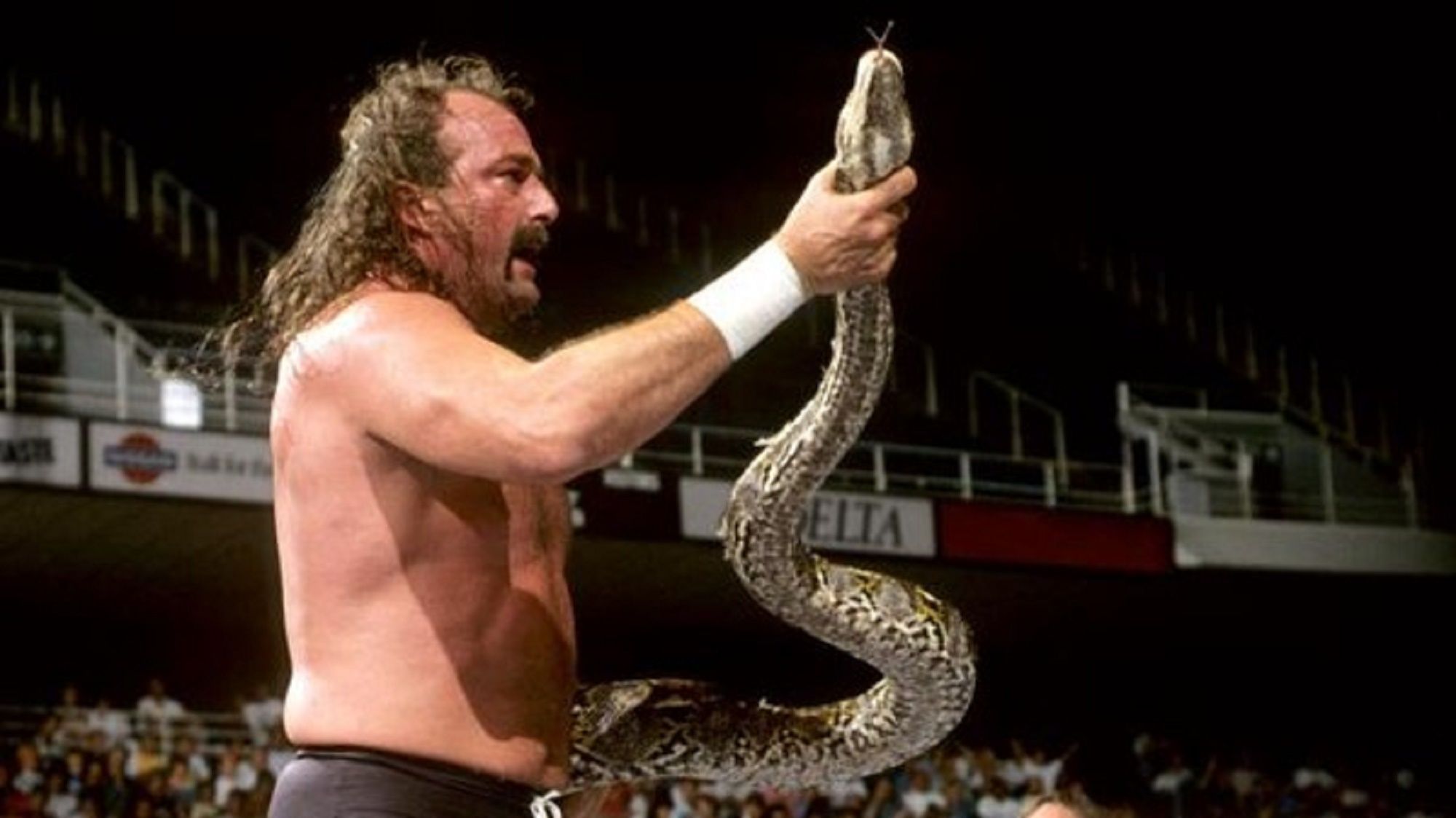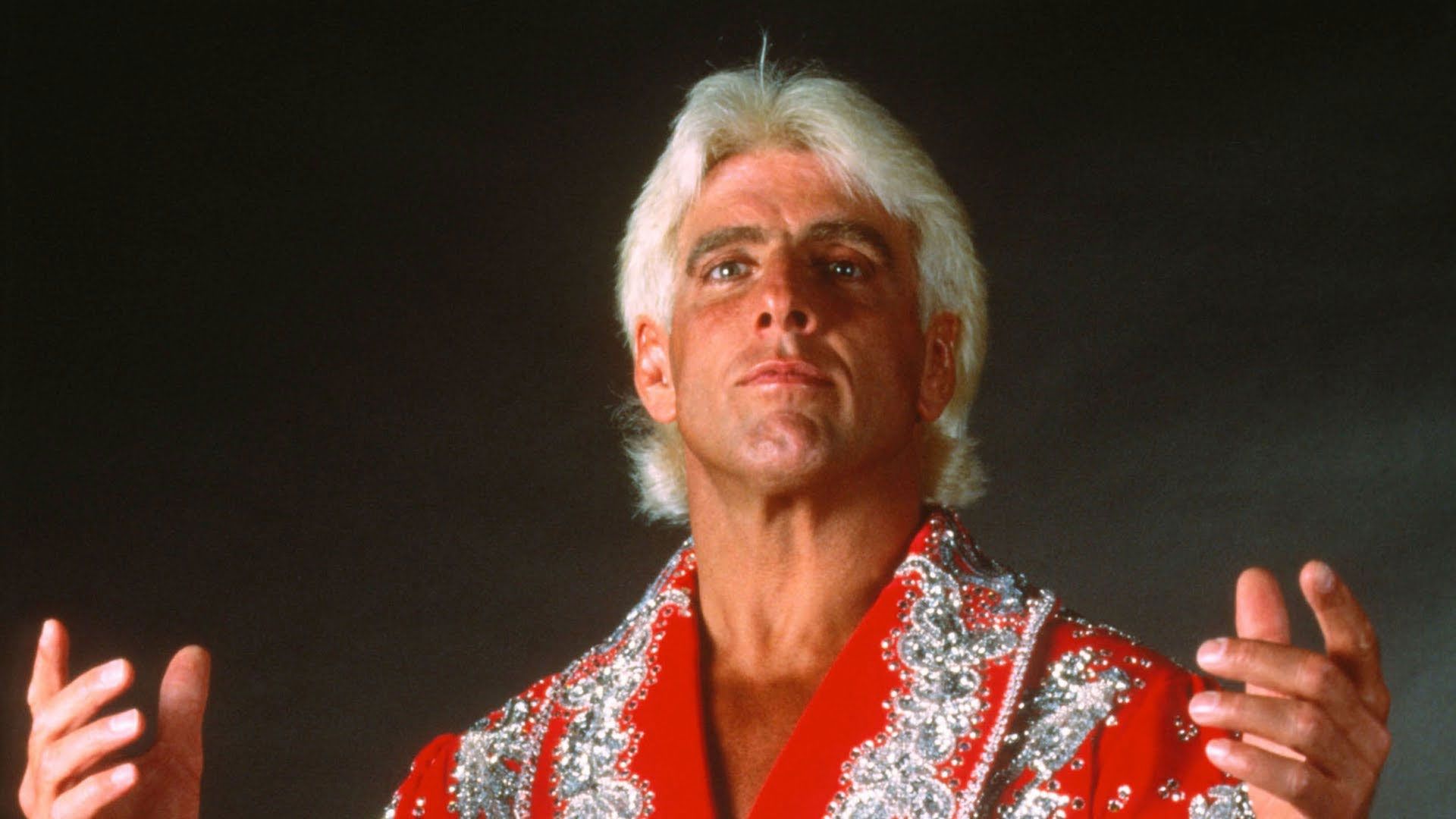In the current day and age of wrestling, things seem a lot more scripted and planned out than the ‘good old days,’ otherwise known as the ‘Golden Era’ of wrestling. Today a lot of it has to do with the pyrotechnics, music, and the overall production that gets sent out for weekly television viewers.
If a week goes by and a top star of the company doesn’t appear, people jump on websites and forums to voice their complainants. Back in the old days, getting to see a regional star or a national star was a big deal, but today it’s just something people expect.
The days of jobbers and two-minute TV squashes are over, as today everything is about advancing feuds with the big name stars of the company. The champions also change a lot more than they did years ago and if you don’t watch for 1-2 weeks, you can miss a lot, including a title change.
Today we take a walk down memory lane, looking at some of the good ‘old’ times in wrestling and give you the top 10 reasons wrestling was better in the Golden Era.
10 10. Less PPVs Equaled Better PPVs In the Golden Era
When the technology of PPV began back in the mid-1980s, wrestling was the perfect event for this new concept, as fans could watch these mega shows from the comfort of their own home. Things really started to roll in 1987 when the WWE captivated viewers with over 93,000 fans at WrestleMania III on PPV, and from there pay-per-view became a huge money maker for the business. Then slowly the big two companies, WWE and NWA (which eventually became WCW) got greedy and started to run more and more PPVs, eventually having one per month. The result – a watered down product where a number of the PPVs wound up being mediocre. When WWE and NWA ran 3-4 PPVs per year, they were always special and meant something.
9 9. Managers Were a Big Part of the Industry
The best heels of the Golden Era always seemed to have an antagonistic manager in their corner, ready to do whatever it took for their client to win. From the likes of Jimmy Hart, Jimmy Valiant, Gary Hart, J.J. Dillon, Jim Cornette and the greatest of all-time – Bobby ‘The Brain’ Heenan. It was special to see a manager escort his man down to the ring, and now in WWE there’s really just one guy to see – Paul Heyman, who has one, albeit big, client in Brock Lesnar. It was great to see a manager running around the ring, trying to assist their wrestlers in any way they could.
8 8. More ‘House Shows’ Per Year Gave Fans More of a Chance to See Their Favorite Stars Live
In the major cities around the country, it wasn’t uncommon to see WWE and even NWA come to town anywhere from 12-16 times per year. House shows would show the progression of feuds, as well as special matches like a ‘cage’ match or a ‘lumberjack’ match that you wouldn’t normally see on TV. If you were really lucky, you would get to see either the Heavyweight Champion or the IC or US Champion, depending what promotion was in town. Now, even the biggest cities only see the WWE only come to town a couple of times during the year, and some even less depending on the touring slate.
7 7. Feuds Always Had a Longer Build
Back in the Golden Era, WWE, as well as NWA, would start to look ahead to who was going to get a push in the company and they would build their big feuds well before, starting with the main event of WrestleMania or Starrcade. The most famous example of that style of booking was the Mania build for the epic match between Hulk Hogan and Andre the Giant at the third WrestleMania – a feud that was booked 11 months ahead of time after Andre agreed to turn heel. Today it’s not uncommon for the big matches at PPV to get a 1-3 week build, with WrestleMania matches getting slightly more time.
6 6. Heels Were Allowed to Be Heels
Even though the product during the Golden Era was also being geared towards children, heels in the company still did whatever they could to make life tough for the faces. They would do sneak attacks, draw blood, and inflict major ‘injuries’ on their biggest foes (see Randy Savage’s beat down of Ricky Steamboat). Now, due to the ‘no blood’ policy, the beat downs that heels give to faces never seem to be as severe as they used to be, and too often heels wind up getting cheered anyway. It takes away the illusion that an actual injury may be taking place, and the heels end up not looking as intimidating as years past.
5 5. Too Much TV Means Too Much Exposure of Top Stars
WWE use to be on TV for 4-5 hours per week back in the 1980s, and even less in the 1970s. The big NWA show was on WTBS out of Atlanta for two hours on Saturday night and it wasn’t uncommon to barely see two top stars go at it at during those shows. Instead these shows like ‘Wrestling Superstars’ and ‘Prime Time Wrestling’ was more about wrestlers good and bad pounding on local talent (aka jobbers), and interviews like ‘Piper’s Pit’ with Roddy Piper and Jake Roberts’ ‘Snake Pit.’ Now with all the hours of TV that WWE produce, as well as original shows on the WWE Network, they use their top stars WAY too much.
4 4. Titles Held Prestige and Meant Something
The big titles in the two biggest companies, the WWE Championship and NWA World Heavyweight Title, were not hot potatoes and rarely changed hands. It made seeing the champion feel special, rather than it feeling like a normal occurence. Ric Flair basically owned NWA (then WCW), while Hulk Hogan reigned supreme in the WWE. Even the Intercontinental Title was one that didn’t get moved around often, along with the NWA’s U.S. Title. Belts were important, unlike today where it can be difficult to remember who has the title from week to week.
3 3. There Were No ‘Dirt Sheets’ to Tip Fans Off
Today, it’s next to impossible to surprise fans with a return (like The Rock at WM 31 or Brock Lesnar on the 6/15/15 RAW) due to the fact that ‘wrestling insiders’ seem to have the scoop on upcoming storylines. Even the announcement of events with a ‘special appearance by’ seems to ruin any sort of surprise for fans. Imagine how deflating it would have been if fans were aware that The Ultimate Warrior was ready to make his return at WrestleMania VIII and how much less the pop would have been when he came out. The company tries to keep things quiet, but insiders always seem to know when a star is on the way back, which seems to ruin the surprise factor.
2 2. Wrestlers Were Better Storytellers
It’s rare today for a wrestler to pull off a good promo, but then also be able to get in the ring and have the right psychology to pull off a match. Jake ‘The Snake’ Roberts was one of the best, as his pacing in the ring was fantastic and his promos were second to none. Now, things in wrestling feel much more rushed. Not just the storylines, but also with the matches and promos as well.
1 1. Hulk Hogan and Ric Flair Leading the Best Wrestling Ever
When two of the greatest wrestling legends of all-time were topping their two respective companies, the sport was never better. It didn’t matter if you liked WWE with Hulk Hogan as the forerunner or NWA/WCW with Ric Flair ‘stylin and proflin’, as both companies had plenty of positives that had fans coming back. From house shows to televised events to PPVs, the talent and matches still rank as some of the best ever. Fans embraced the product for its freshness and innovative ideas and this led to one of the best times in wrestling history, highlighted by Hogan and Flair.

